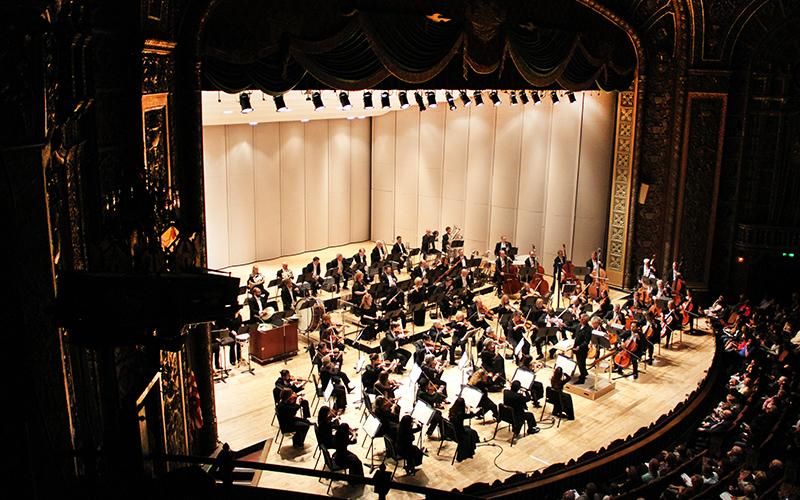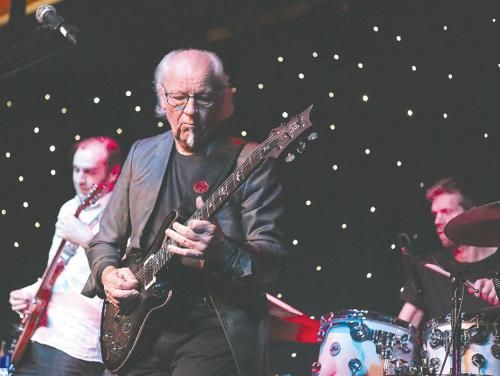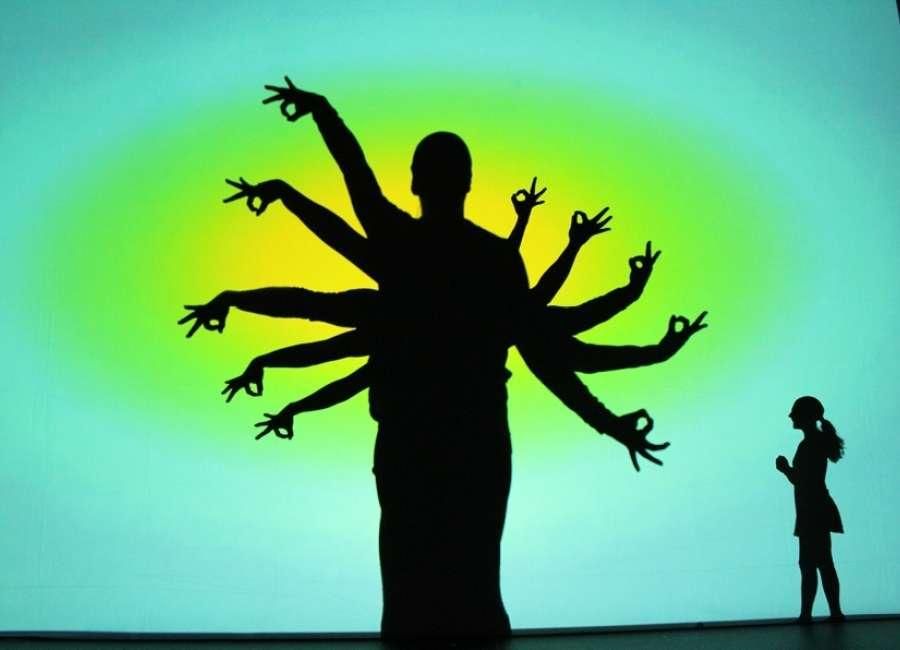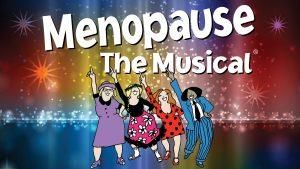If you’re into dramatic comeback stories, you won’t want to miss “The Rach 2,” Fort Wayne Philharmonic’s October 27 concert.
Sergei Rachmaninoff’s Piano Concerto No. 2 in C Minor, Op. 18, the concert’s centerpiece, is not just one of the most well-known piano concertos of all time, but it also represents the composer’s rebound from a near career-ending depression, a turnaround that gave us four more decades of unforgettable music. If you were making a movie of Rachmaninoff’s career, his second piano concerto would certainly be the climax.
As if that isn’t enough intrigue to make “The Rach 2” a can’t-miss event, you can throw in the fact that the concerto will be performed by guest pianist Lise de la Salle, one of the world’s most sought-after young performers. It simply doesn’t get any more exciting than that.
The story of the Piano Concerto No. 2 begins at a low point in Rachmaninoff’s life, just after the debut of his Symphony No. 1 in 1897. The reception of that piece can only be described as disastrous, as critics ripped into both the performance of the conductor and the perceived incompetence of the composer.
“If there were a conservatory in Hell,” wrote César Cui, one of the most respected Russian critics of the day, “and if one of its talented students were to compose a programme symphony based on the story of the Ten Plagues of Egypt, and if he were to compose a symphony like Mr. Rachmaninoff’s, then he would have fulfilled his task brilliantly and would delight Hell’s inhabitants.”
Cui’s critique was savage, describing the work’s “meaningless repetition,” “nasal sound,” and “sickly perverse harmonization.”
The critical drubbing was mostly politically motivated. The Symphony was premiered in St. Petersburg, rather than in Moscow, where Rachmaninoff was trained. The musical community in St. Petersburg was ruled by fans of Rimsky-Korsakov (of which Cui was one), and there was a long-standing rivalry between the two cities. There was almost no chance that a new work by the Muscovite Rachmaninoff would be welcome in St. Petersburg.
Yet Rachmaninoff took the criticism to heart and fell into a depression that would last three years. During that time, he could barely get himself out of bed, let alone compose new works. Time slipped by, and he was unable to write. He eked out a living giving piano lessons and working as a conductor.
Finally, in 1900, Rachmaninoff was convinced by his aunt to seek help, and he underwent a program of hypnotherapy and psychotherapy. As he began to get his depression under control, he regained the ability to write.
The result was his Piano Concerto No. 2, which premiered in its entirety in 1901. The reception of this new work couldn’t have been more different from the one that greeted the Symphony No. 1. Buoyed by the positive response, Rachmaninoff continued writing into the 1940s, until illness forced him to retire. In the meantime, he produced two new piano concertos and significantly revised his first, which he had originally written in 1891.
These four concertos have become central to the repertoire of 30-year-old Lise de la Salle, who recorded the complete concerto cycle, along with the composer’s Rhapsody on a Theme of Paganini, with the Philharmonia Zurich in 2015. For de la Salle, Rachmaninoff’s music is anything but meaningless.
“Everything is in the music already, so you don’t need to add so much,” she said. “If you really go for what he writes, for this beautiful simplicity, and flowing lines, this is very powerful music, but also very sensitive at the same time.”
A native of Cherbourg, France, de la Salle began accumulating international awards when she was just 15 years old. That year she won the European Young Concert Artists Auditions in Paris; the next she won the Young Concert Artists International Auditions in New York and the Ettlingen International Competition in Germany. She was already a seasoned performer by then, having performed live for the first time on Radio-France at age nine.
On her current tour, de la Salle will play the complete Rachmaninoff cycle with the Wichita Symphony Orchestra in February. It’s a weekend-long extravaganza that, thanks to the athleticism required to perform the concertos, is akin to running five back-to-back marathons. In Fort Wayne this month, she’ll be performing only the second concerto, but that is arguably the highlight of the entire cycle.
Indeed, it’s hard to find a piece of symphonic music that has had a more pervasive influence on performers and writers in the century since its debut. Three songs recorded by Frank Sinatra in the 1940s — “Full Moon and Empty Arms,” “Ever and Forever,” and “I Think of You” — borrow their melodies from themes in the concerto’s first and third movements.
Eric Carmen’s 1975 hit, “All by Myself,” takes its bridge from the second movement, and Britpop band Muse used a theme from the first movement in its 2001 song, “Space Dementia.” The concerto has also been a favorite for film and TV soundtracks from 1932’s Grand Hotel to the cable soap opera Pretty Little Liars.
Perhaps it shouldn’t be surprising that Hollywood should have such affection for Rachmaninoff and his triumphant second concerto. After all, could there be a more suitable Hollywood story than that of a composer who rises from the ashes of critical annihilation and the gloom of depression to create something so lasting and beloved?
When the Fort Wayne Philharmonic and Lise de la Salle bring the work to the stage, they’ll be delivering drama of the highest caliber.
 Submit Your Event
Submit Your Event




